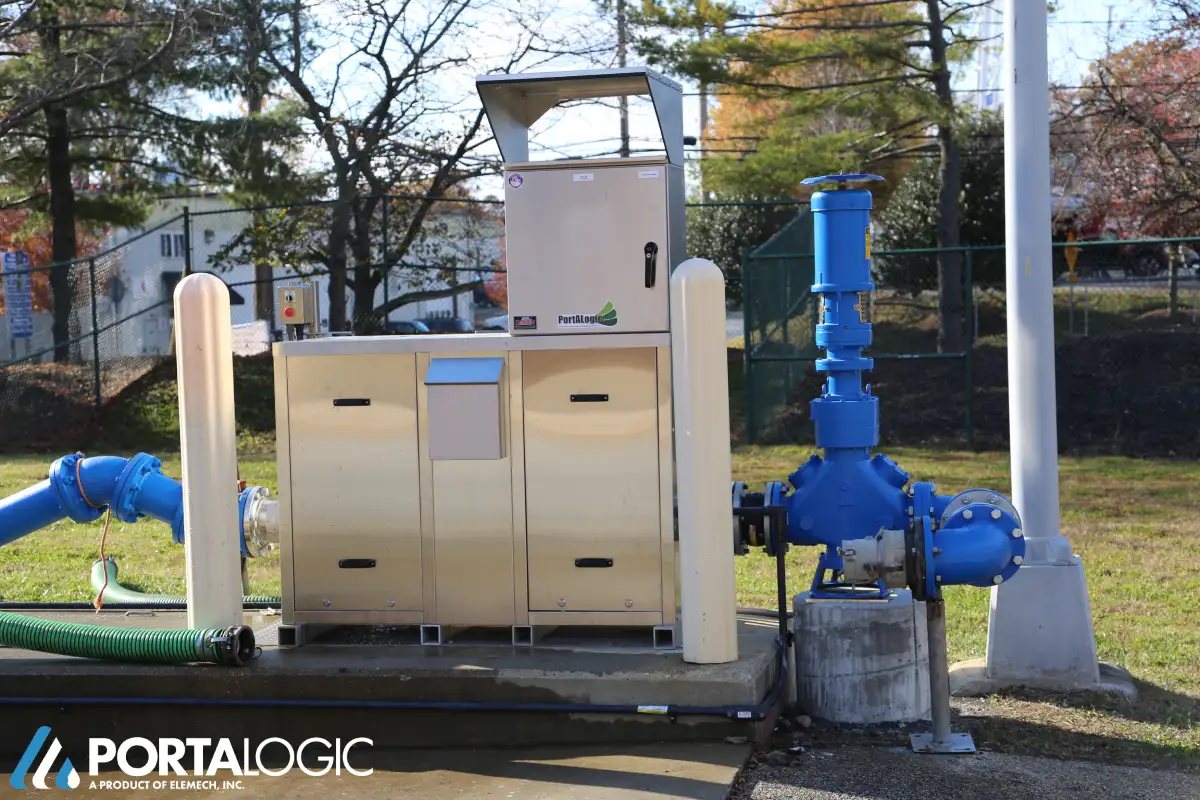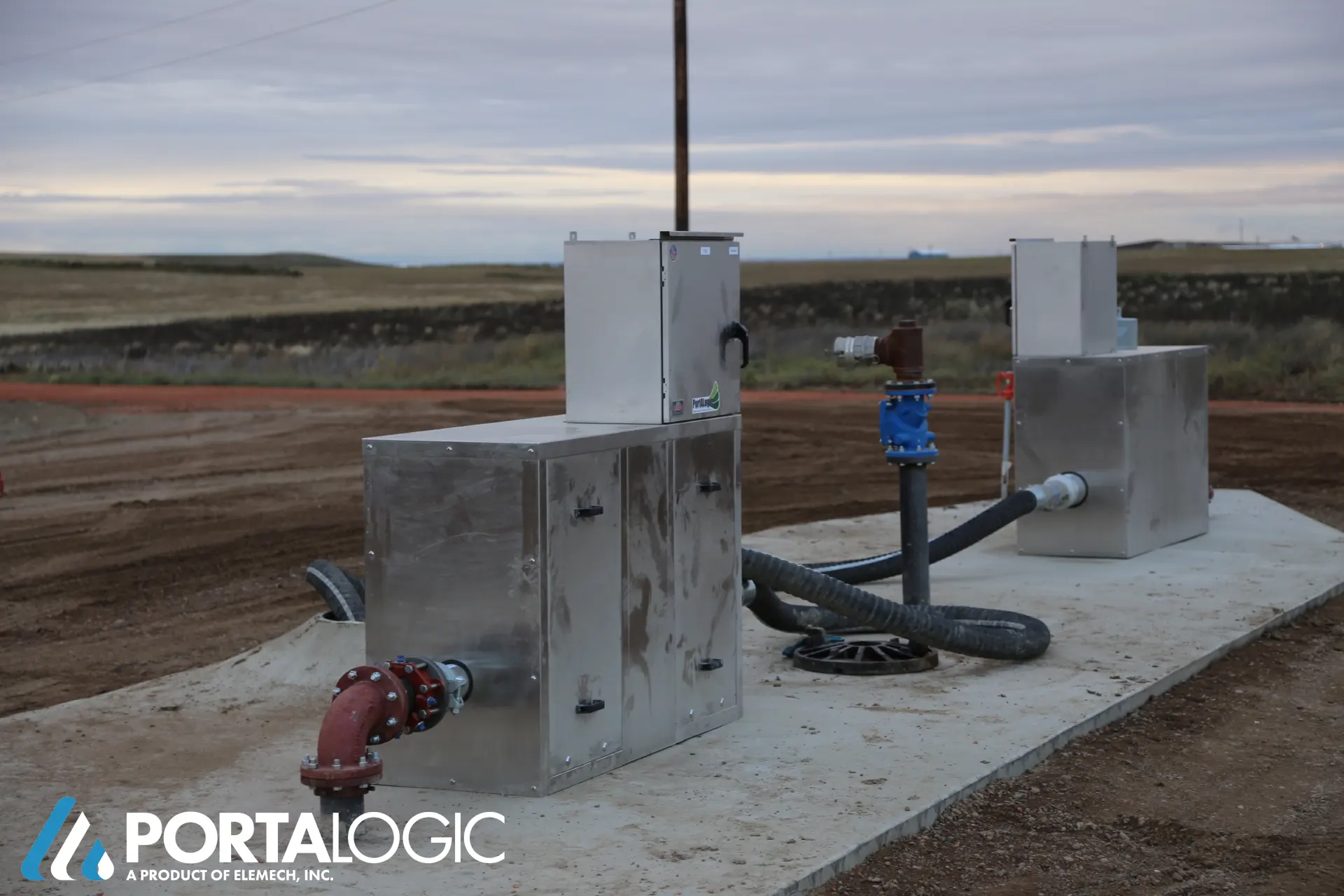Septage Receiving Stations
Wastewater receiving equipment for a smarter, cleaner, and more controlled way to manage hauled waste.
Our Septage Receiving Station is a fully automated solution designed to streamline the acceptance of hauled wastewater at municipal treatment facilities. Built for high-volume use, this system enables fast, secure, and trackable disposal of septage, grease, leachate, or other authorized liquid waste streams—while protecting your infrastructure and ensuring regulatory compliance.
Automated Access Control
Authorized haulers use secure PINs, RFID cards, or mobile apps to access the station—24/7 if desired.
Flow Monitoring & Metering
Real-time flow measurement ensures accurate billing and prevents overloading of downstream treatment processes.
Integrated Billing & Reporting
Automatically log each load by hauler, volume, and waste type. Generate invoices or integrate with municipal billing systems.
Pre-Treatment Screening & Grit Removal (optional)
Mechanical screens or grinders remove solids and debris to protect plant infrastructure and reduce maintenance.
Customizable Waste Type Profiles
Accept and track multiple waste types (septage, grease, leachate, etc.) with customizable permissions and fees.
Rugged, All-Weather Construction
Designed for continuous operation in any climate, with corrosion-resistant components and minimal maintenance requirements.
Common Applications:
- Municipal wastewater treatment plants
- Regional wastewater receiving sites
- Landfill leachate intake points
- Industrial or food processing waste management
- Septic pumping service coordination
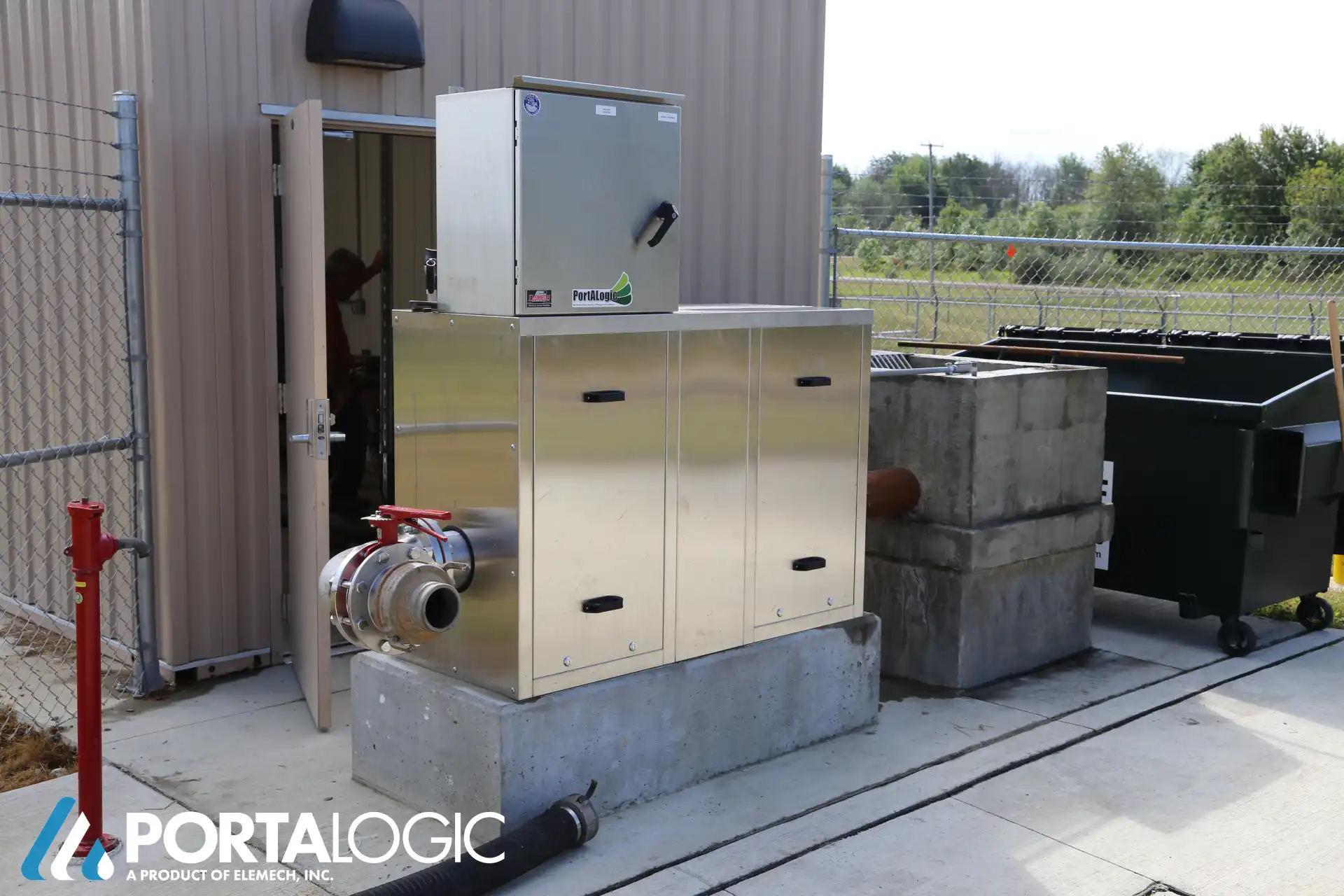
DS-200
This simple tamper-proof model is easy for haulers to use and provides secure access by PIN or swipe card.
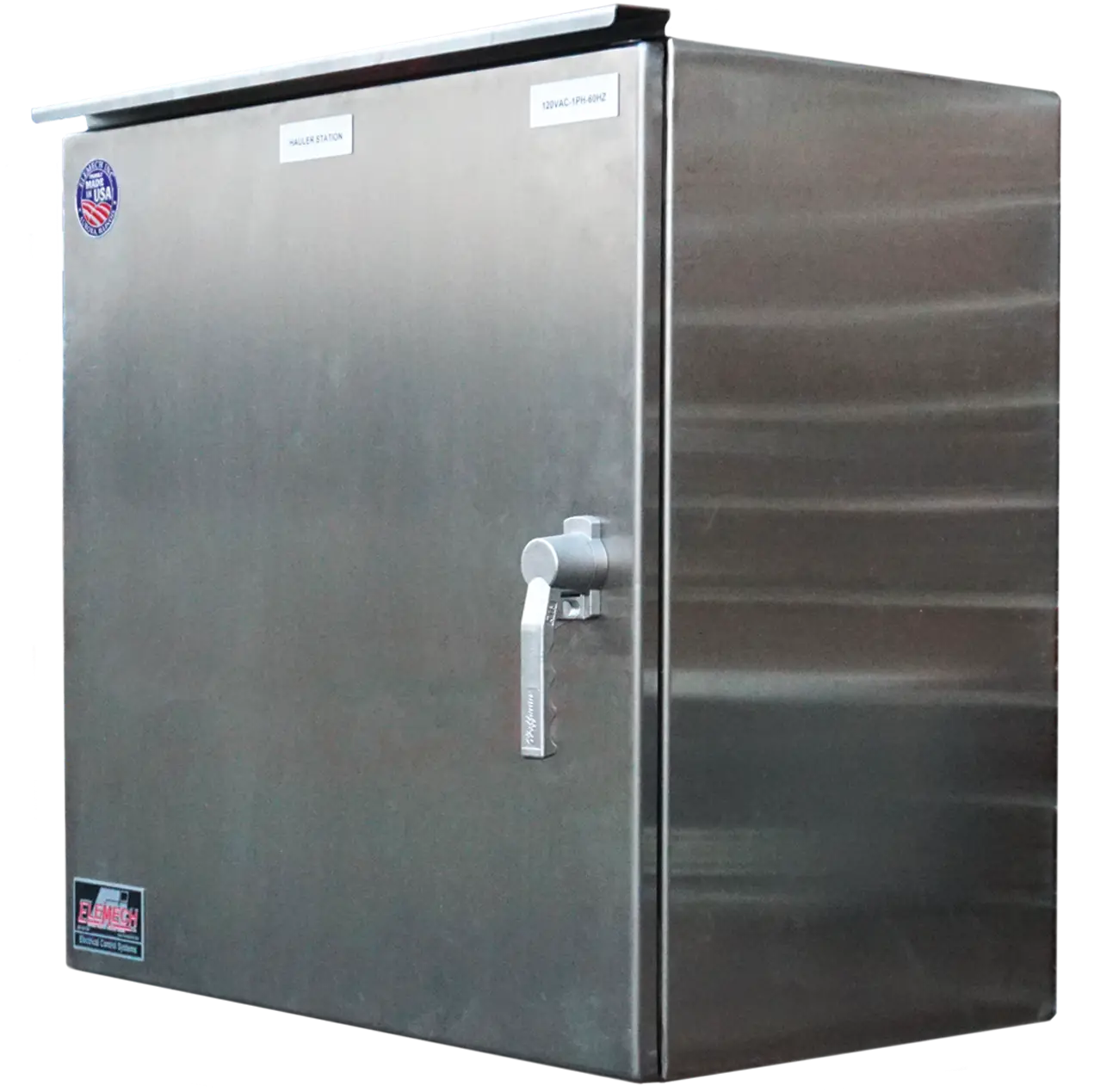
Key features

Latchable swing-out door for weather protection

Length: 24" Width: 14" Height: 24"

NEMA 4X 304SS enclosure

Multiple access method options

Optional receipt printer

Configurable to receive and track any type of waste

Interface with optional devices (pH, samplers, motor, etc…)

Electrical requirement: 120VAC, 5A

Always includes the Portalogic management software
DS-22
Incorporating the features of the DS-200 by adding a pedestal base enclosing an electrically actuated valve.
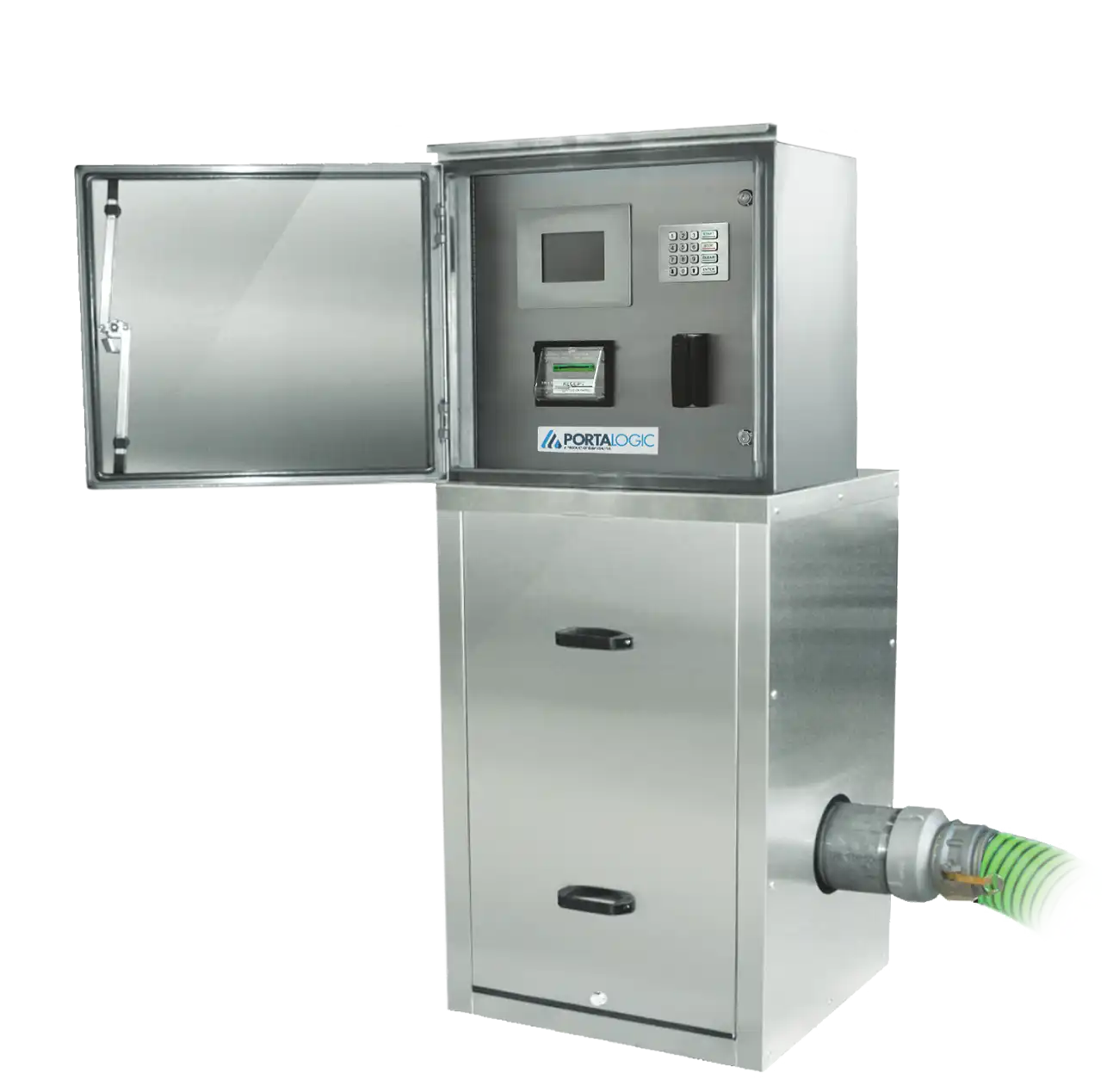
Key features

Includes valve enclosure as pedestal mount

Length: 24" Width: 24" Height: 68"

DS-200 included

Enclosed temperature-controlled actuated 6” valve

Electrical requirement: 120VAC, 7A
DS-25
A simple turnkey solution, this model improves on the DS-22 by adding a flowmeter within its expanded base.
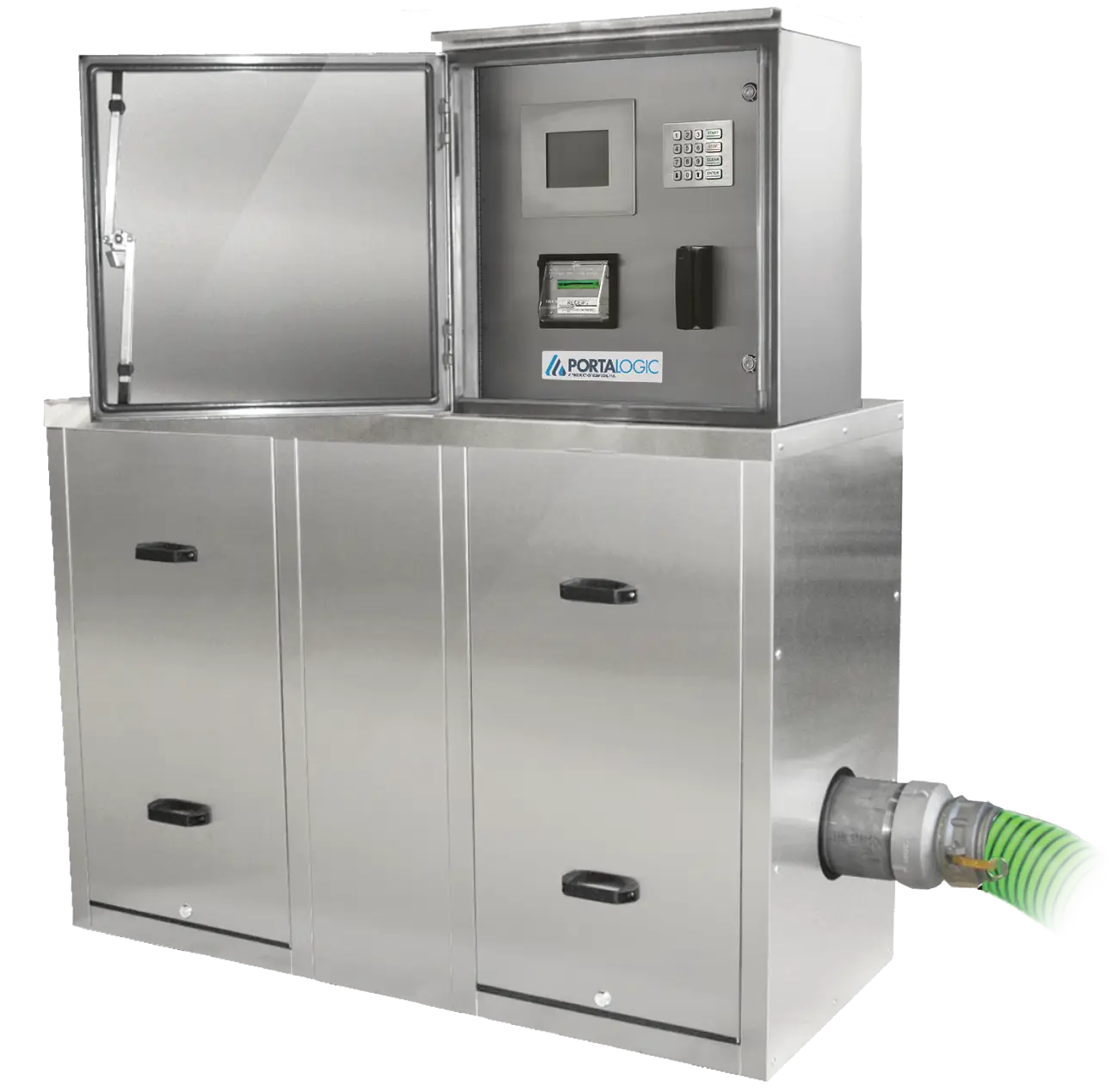
Key features

Includes valve and flow meter enclosure as pedestal mount

Length: 60" Width: 24" Height: 68"

DS-200 included

Enclosed temperature-controlled actuated valve and flow meter

4” and 6” piping options available

Electrical requirement: 120VAC, 15A

Popular solution
DS-82
Includes features of all prior models, this complete waste receiving solution encloses a sampler and pH sensor.
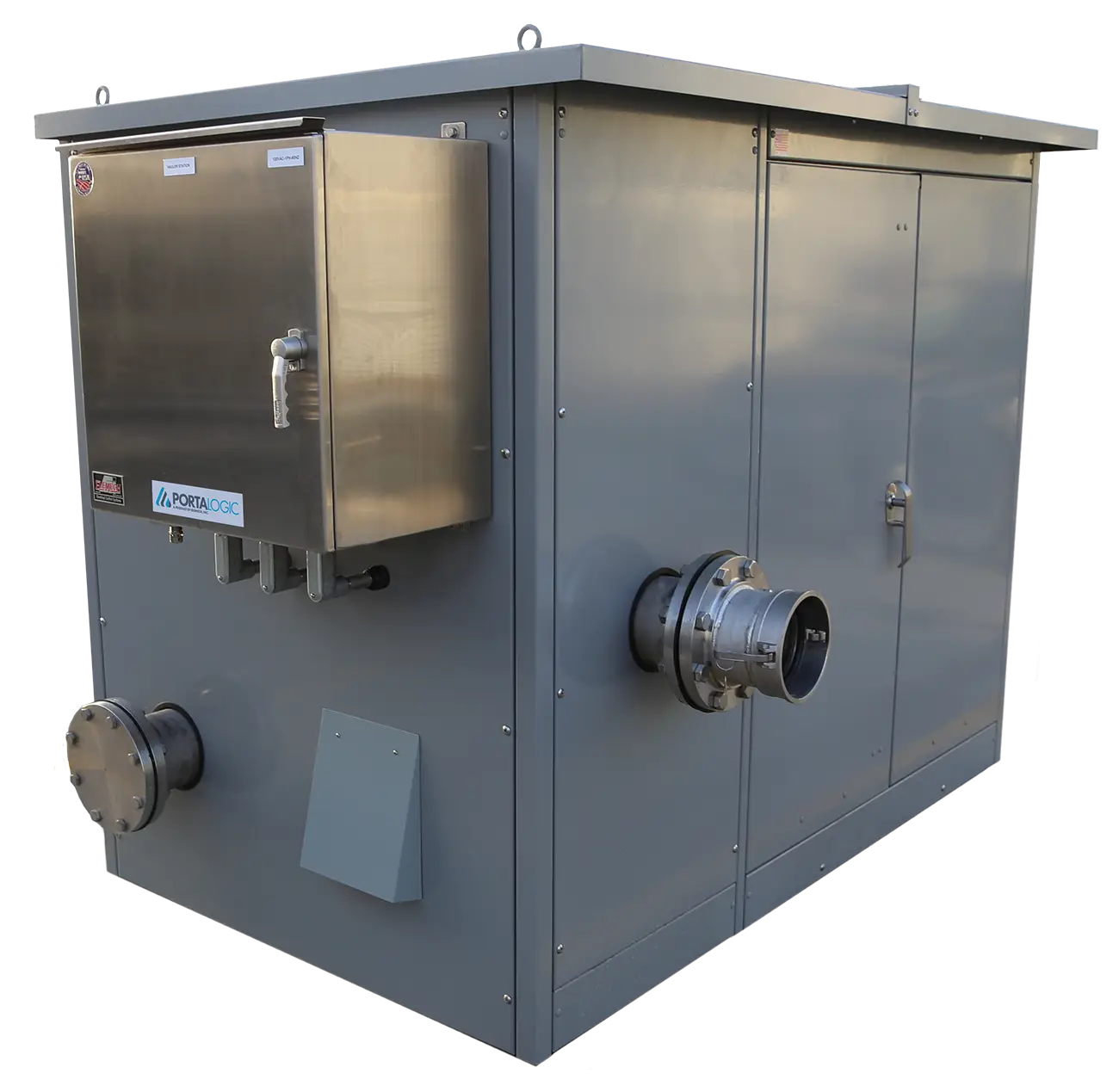
Key features

Includes valves, flow meters, and other devices

Painted or stainless-steel lockable enclosure

Dimensions shown: Length: 82" Width: 52" Height: 68"

DS-200 included

Shipped fully assembled and customizable

4” and 6” piping options available

Electrical requirement: 120VAC, 30A

Complete waste receiving solution
Need more information?
Contact our team today.
Ask us questions, no matter what project stage. From early budgetary planning to full station design recommendations, Contact our team today so that we can assist you in your journey.
FAQs
What is a septage receiving station, and how does it work?

A septage receiving station is a secure, automated system designed to accept and meter hauled liquid waste—such as septage, grease, and leachate—at a wastewater treatment facility. Haulers connect via a discharge point, and the system tracks volume, verifies authorization, and logs data for billing and compliance.
How can facilities manage septic hauler waste more efficiently?

By installing an automated septage receiving station, facilities can streamline the acceptance of hauled waste, eliminate manual logging, prevent unauthorized dumping, and automatically generate accurate billing based on flow volume and waste type.
Can a septage receiving system automatically track and bill haulers?

Yes. Modern systems include integrated flow metering, hauler ID verification, and automated billing. Each hauler’s activity is recorded by user ID, time, date, and volume—helping facilities recover costs and reduce administrative burden.
What waste types can be accepted by a septage receiving station?

Our systems are customizable to accept:
- Septage (residential or commercial septic tank waste)
- Grease trap waste
- Leachate from landfills
- Portable toilet waste
- Other approved non-hazardous liquid waste streams
Each waste type can be assigned unique pricing and discharge permissions.
- Septage (residential or commercial septic tank waste)
- Grease trap waste
- Leachate from landfills
- Portable toilet waste
- Other approved non-hazardous liquid waste streams
Each waste type can be assigned unique pricing and discharge permissions.
Is pre-treatment or screening included with the station?

Yes. Many stations include optional screening units, grinders, or debris traps to remove rags, solids, and grit before the waste enters the treatment plant—protecting downstream equipment and improving treatment performance.
How is access to the system controlled for haulers?

Access is typically controlled via secure PINs, RFID key cards, or a mobile login system. Only authorized haulers can operate the station, and each transaction is logged in the system.
Can the station operate 24/7?

Yes. Our stations are designed for unattended operation and can function 24/7 if needed—especially useful for haulers who operate outside of normal business hours.
Is the system compatible with facility billing software?

Yes. Data from the system can be exported or integrated with existing billing software, accounting platforms, or SCADA systems to simplify reconciliation and reporting.
How do I determine the right station size or flow rate for my facility?

Flow rate and capacity depend on your expected load volumes, number of haulers, and waste types. We work with you to assess your needs and configure the station with the right flow capacity, discharge ports, and pre-treatment options.
How do we prevent unauthorized dumping or overuse?

The system includes real-time user authentication, flow monitoring, and alert notifications. You can restrict access to specific users, set usage limits, and receive reports of suspicious activity.
How much maintenance is required?

Maintenance is minimal and generally includes routine inspections, occasional screen cleaning, and software updates. We offer systems with self-cleaning components and remote diagnostics to reduce service calls.
Can we install more than one station in our city or region?

Yes. Multiple stations can be networked and centrally managed, allowing flexible deployment across your service area.
Is training provided for staff and haulers?

Yes. We provide complete training for operators and haulers, including system use, safety procedures, and troubleshooting. Documentation and technical support are also included.
What’s involved in installing a septage receiving station?

We provide full support, including site evaluation, utility requirements, installation guidance, and integration with existing infrastructure. Stations can be installed as standalone kiosks or integrated with headworks systems.
How do we request a quote or proposal for our facility?

Contact us with your facility details and expected usage. We’ll provide a tailored recommendation and pricing, including available options like screening units, billing software, and winterization packages.


.svg)
